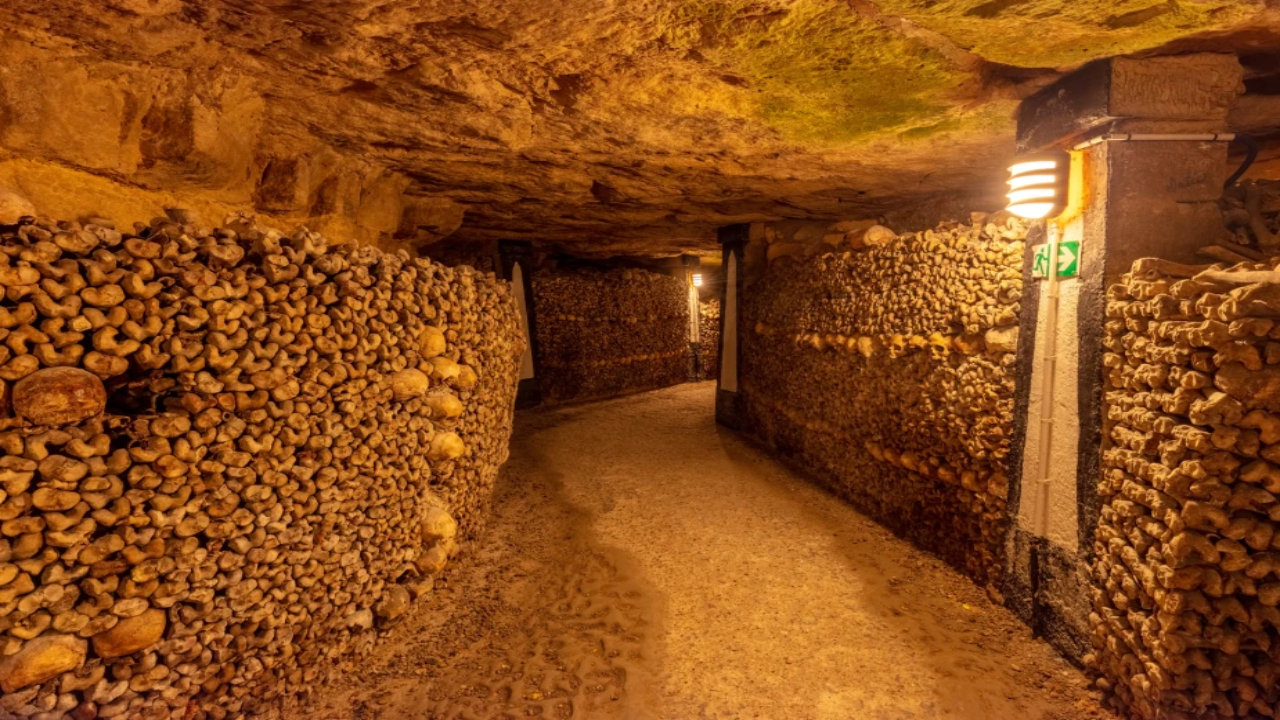Extreme Tourist Destinations and Why They Fascinate Modern Travelers
Trans to Find – When discussing extreme tourist destinations, we are not simply listing places; we are uncovering experiences that push human limits. Today’s travelers aren’t satisfied with traditional sightseeing they crave adrenaline, challenge, and personal evolution. In my view, this shift reflects a deeper cultural change: adventure is no longer just recreation, but a method of self-discovery. These destinations, often remote and demanding, offer both breathtaking beauty and raw danger. Yet, that blend is precisely what makes them irresistible. After all, the most powerful memories are born where fear and awe meet.
“Read also: Visiting the US Is About to Get More Expensive for Foreign Travelers“
Mount Everest Base Camp, Nepal – Trekking to the Roof of the World
Mount Everest Base Camp remains one of the most iconic extreme tourist destinations. Although climbing Everest itself is reserved for elite mountaineers, reaching the Base Camp at 5,364 meters still demands mental resilience and physical endurance. Altitude sickness, icy winds, and unpredictable weather test every trekker. However, the reward prayer flags fluttering against Himalayan peaks, ancient Sherpa culture, and a feeling of humility beneath towering giants is life-changing. Personally, I believe this journey symbolizes humanity’s eternal desire to touch the sky, even if only from its base.
Skeleton Coast, Namibia – Beauty in Isolation and Harsh Wilderness
Located where the Namib Desert meets the Atlantic Ocean, the Skeleton Coast is haunting and magnificent. Shipwrecks rust on desolate beaches, and dense fog creates eerie silhouettes across endless sand. Many travelers visit to witness the raw might of nature a reminder that Earth can be both breathtaking and unforgiving. In contrast to glamorous beaches, this coastline embraces brutal honesty. For me, this destination teaches a powerful lesson: beauty does not always comfort; sometimes, it confronts us with vulnerability and awe simultaneously.
Mariana Trench Descent, Pacific Ocean – The Deepest Point on Earth
Although reserved for wealthy explorers and scientific missions, private deep-sea expeditions to the Mariana Trench represent the pinnacle of extreme tourism. Descending nearly 11 kilometers beneath the ocean surface requires advanced technology and unwavering mental strength. Darkness, crushing pressure, and mysterious life forms create an alien world hidden on our own planet. While most will never experience it firsthand, its growing popularity reflects humanity’s curiosity. In my opinion, extreme travel is evolving beyond mountains and deserts now, the deepest unknown lies underwater.
Antarctica Expedition – A Frozen Frontier for Bold Adventurers
Antarctica remains one of the coldest, driest, and windiest places on Earth. Reaching it requires crossing rough Southern Ocean waters, often via expedition ships or ice-strengthened vessels. Yet despite or perhaps because of its harshness, travelers are drawn to its ethereal landscapes and untouched purity. Icebergs glow sapphire blue, penguins march fearlessly, and silence feels sacred. I find Antarctica compelling because it reminds us of Earth’s primal state, untouched by cities and noise. It is adventure not just for thrill-seekers but for those longing for stillness in a chaotic world.
Volcano Boarding on Cerro Negro, Nicaragua – Thrills on an Active Volcano
Volcano boarding is perhaps one of the most unconventional extreme tourist destinations. On Cerro Negro, thrill-seekers hike an active volcano and then race down its steep ash slope on a board. Volcanic gravel, intense heat, and rapid acceleration combine into an unconventional thrill ride. While protective suits and goggles help, there remains risk falls can scrape skin and volcanic dust can irritate lungs. Yet the enthusiasm around this activity proves a powerful point: modern travelers crave experiences that break routine. From my perspective, adrenaline is not the only reward here courage and curiosity are.
“Read also: Asia’s Top Travel Spots Face Overtourism Challenges Similar to Europe“
What Drives People Toward Extreme Tourist Destinations?
Extreme travel is not about danger alone; it is about meaning. Whether tackling icy peaks or exploring abandoned wastelands, these journeys feed a primal need for challenge and discovery. Psychological studies show adrenaline enhances memory, which explains why travelers cherish these experiences deeply. Moreover, social media has amplified adventurous culture. But in my opinion, beyond digital bragging rights, people pursue these destinations to test themselves and return home changed. The world feels smaller today extreme travel makes it feel big and mysterious again.
Balancing Adventure and Safety – A Responsible Mindset
Although extreme tourist destinations promise unforgettable experiences, safety should always come first. Guided tours, proper equipment, and research are crucial. Nature demands respect, and thrill should never override caution. As someone who values exploration, I believe responsible adventure preserves both human life and natural landscapes. When done mindfully, extreme travel transforms fear into empowerment rather than recklessness.
The Courage to Explore the Extraordinary
Ultimately, extreme tourist destinations invite us to step beyond comfort and meet the world and ourselves at full intensity. Each location offers unique lessons: resilience in the Himalayas, humility in Antarctica, curiosity in the deep sea, and courage on volcanic slopes. For travelers seeking more than leisure, these places provide transformation. Adventure begins the moment we say yes to the unknown, and perhaps that is why extreme travel continues to rise. In the end, the greatest destination is not the landscape, but the strength discovered within.



